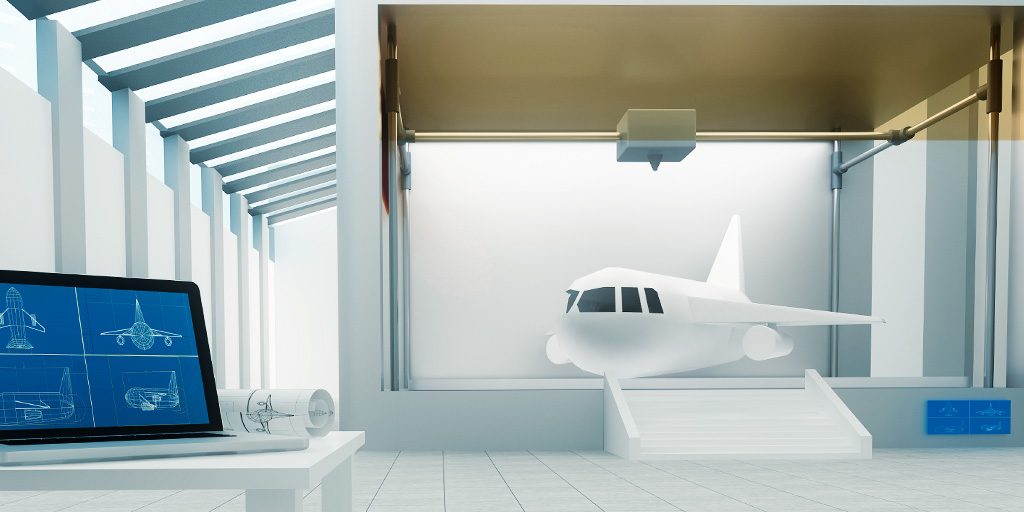How 3-D Printers are Changing the Aerospace Industry
February 24, 2017

In my never-ending quest for knowledge as a member of the Parker, Smith & Feek Manufacturing Practice Group, I attended the Pacific Northwest Aerospace Alliance (PNAA) Annual Conference in Lynnwood, Washington. Over the course of this three-day conference, I was provided with multiple economic forecasts for the aerospace industry from both a regional and global perspective, as well as updates on the newest technology influencing the industry. I was surprised by the sheer number of manufacturers in the Pacific Northwest that find themselves in the aerospace supply chain, whether they interact directly with Boeing or not, and how they function inside the aerospace ecosystem.
In this very competitive industry, these manufacturers were invited by Boeing to propose new and innovative ideas around the use of “additive manufacturing,” also known as 3-D printing. The Boeing representative, Dr. Leo Christodoulou, astonished the crowd when he announced that more than 50,000 parts (many of which are flight critical) have been produced using 3-D printers and are functioning in Boeing Defense Aircrafts right now. He stressed that manufacturers should not be focused on how to produce a part already in existence using additive manufacturing, but to look at this technology as a way to produce new, innovative, and more complex parts to replace existing parts, saving time, money, and weight. Dr. Christodoulou shared that, because “complexity is free” with additive manufacturing, it is no more expensive or time-consuming to design a part with a curved line as opposed to a straight line with this method of production.
I have seen just a few of these printers in shops around the Puget Sound; it will be interesting to see how many are added in the coming year and what these manufacturers will be able to create with the freedom these machines allow.
The views and opinions expressed within are those of the author(s) and do not necessarily reflect the official policy or position of Parker, Smith & Feek. While every effort has been taken in compiling this information to ensure that its contents are totally accurate, neither the publisher nor the author can accept liability for any inaccuracies or changed circumstances of any information herein or for the consequences of any reliance placed upon it.

